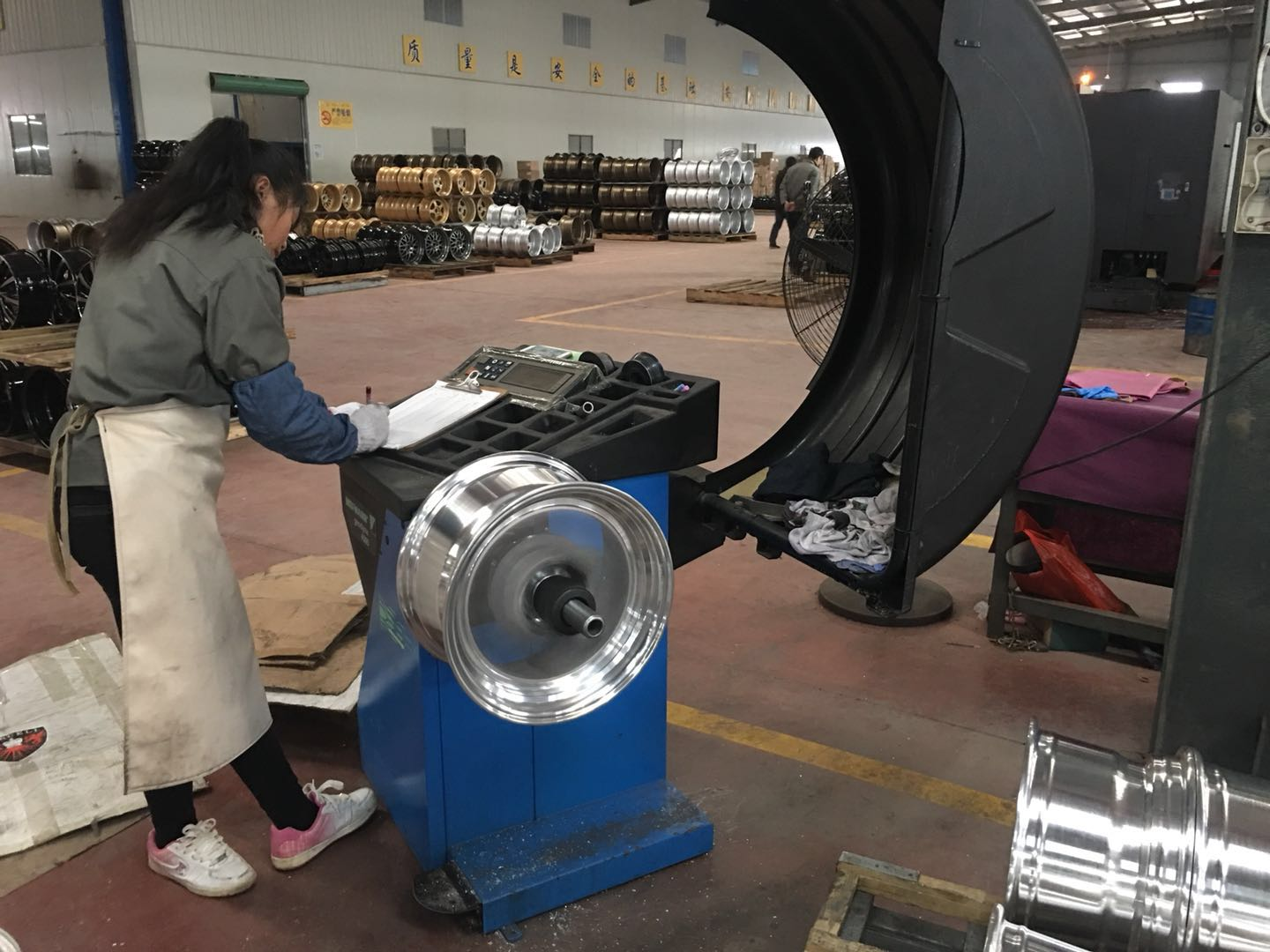Dynamic Balancing Testing
What is Wheel Balancing?
Every time you fit a new tyre to your car, the wheel assembly must be balanced to ensure even weight distribution and rotation.
Wheels and tyres are never exactly the same weight all the way around – even a tyre’s stem hole (the self-contained valve that is used to inflate a tyre), subtracts a little bit of weight from one side of the tyre causing imbalance. At high speeds, even a tiny weight disparity can become a large imbalance in outward force, causing the wheel and tyre assembly to spin in a heavy and uneven motion.
Why is Wheel Balancing Important?
Wheel balancing is crucial for safe driving and money-saving as it enables you to
Reduce the chances of accidents caused by skidding
Ensure a smooth and comfortable drive
Diminish tread wear which increases the life of your tyre and saves on maintenance costs
Prevent costly wheel bearing and suspension damage to your car
Improve fuel economy by promoting driving efficiency
What Causes Wheel Imbalance?
There are three main causes of wheel imbalance:
Manufacturing – tyres and wheels not made with the same weight all the way around their circumference
Road surface – poor road conditions cause wheels to bend
Wear and tear – shocks, struts, tie rods, and ball joints become worn
What are the Symptoms of Wheel Imbalance?
You can check for an imbalance when your car is stationary by inspecting your wheels for rapid or uneven wear such as indents along the edge of your tyre’s tread.
If while driving you experience the following symptoms, you should have your wheels balanced as soon as possible:
Steering wheel, floorboards, or seats vibrate, especially on highways
Vehicle pulls to the left and right
Your tyres squeal
Your car wobbles
How Should I Go About Balancing My Wheels?
Check for wheel balancing regularly and schedule your wheel rotation and balancing at 15,000km intervals.
The wheel balancing procedure begins by removing any existing wheel weights from the rims and mounting your wheels on a static or dynamic road-force balancing machine. The technician will spin your tyres to identify the points which cause your wheels to wobble. Weights are fixed to the uneven sides of the wheel to help counteract heavy spots, which are the cause of the tyre’s imbalance.
Disclaimer: This information is for educational, or entertainment purposes only. It should not be construed as advice, legal, financial, or otherwise. We do not make any warranties about the completeness, reliability, and accuracy of this information.
Post time: May-27-2021

